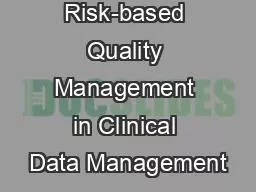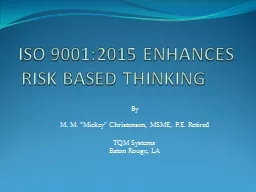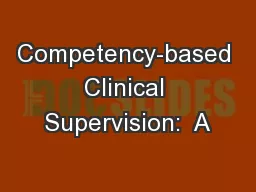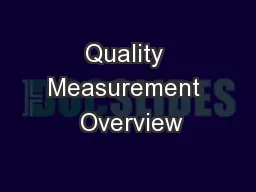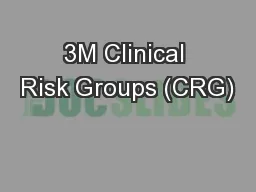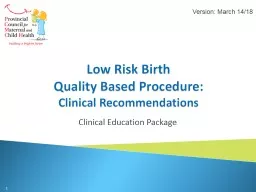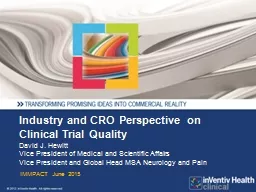PPT-Risk-based Quality Management in Clinical Data Management
Author : rozelle | Published Date : 2020-08-28
Informal CDM Leadership Network in collaboration with Medidata Represented by Peter Stokman Bayer amp Lisa Ensign Medidata RBQM in CDM Informal CDM Leadership
Presentation Embed Code
Download Presentation
Download Presentation The PPT/PDF document "Risk-based Quality Management in Clinica..." is the property of its rightful owner. Permission is granted to download and print the materials on this website for personal, non-commercial use only, and to display it on your personal computer provided you do not modify the materials and that you retain all copyright notices contained in the materials. By downloading content from our website, you accept the terms of this agreement.
Risk-based Quality Management in Clinical Data Management: Transcript
Download Rules Of Document
"Risk-based Quality Management in Clinical Data Management"The content belongs to its owner. You may download and print it for personal use, without modification, and keep all copyright notices. By downloading, you agree to these terms.
Related Documents

